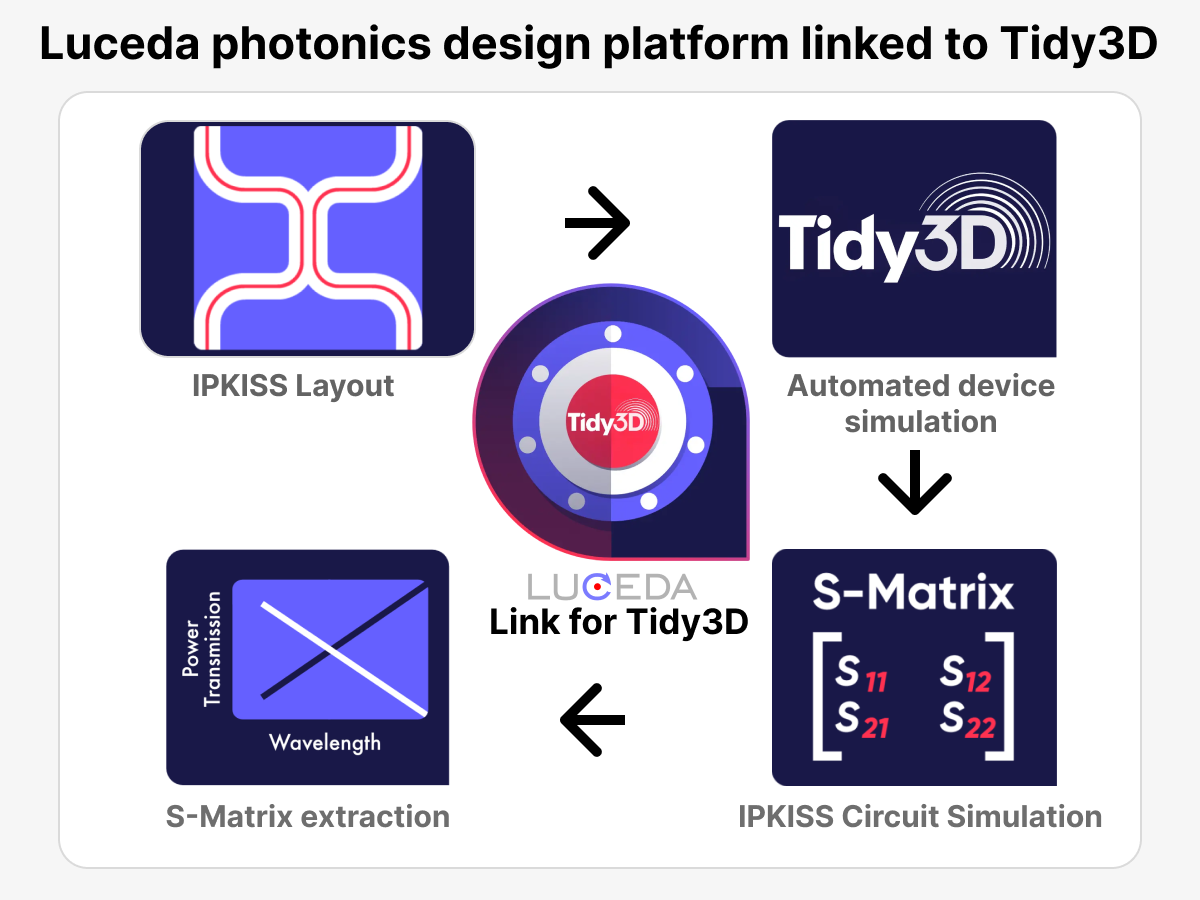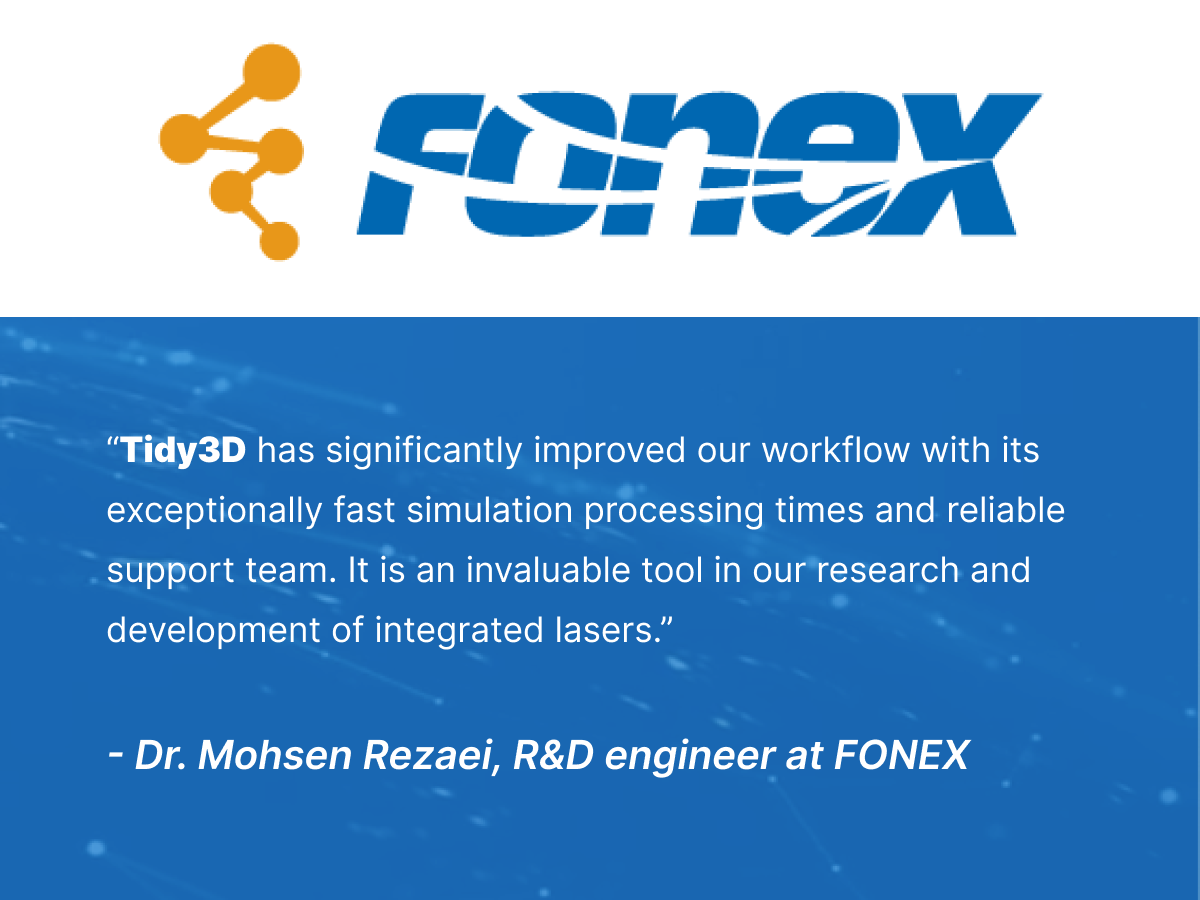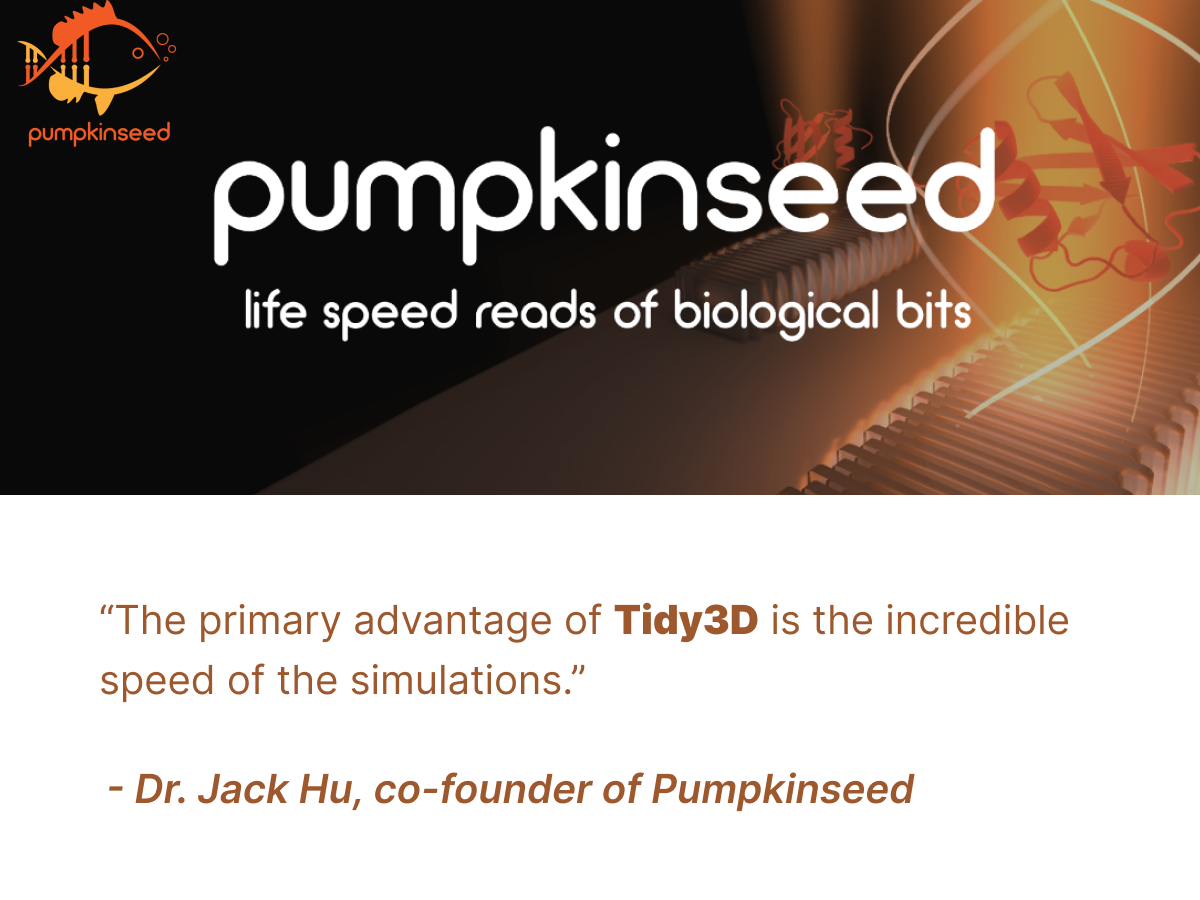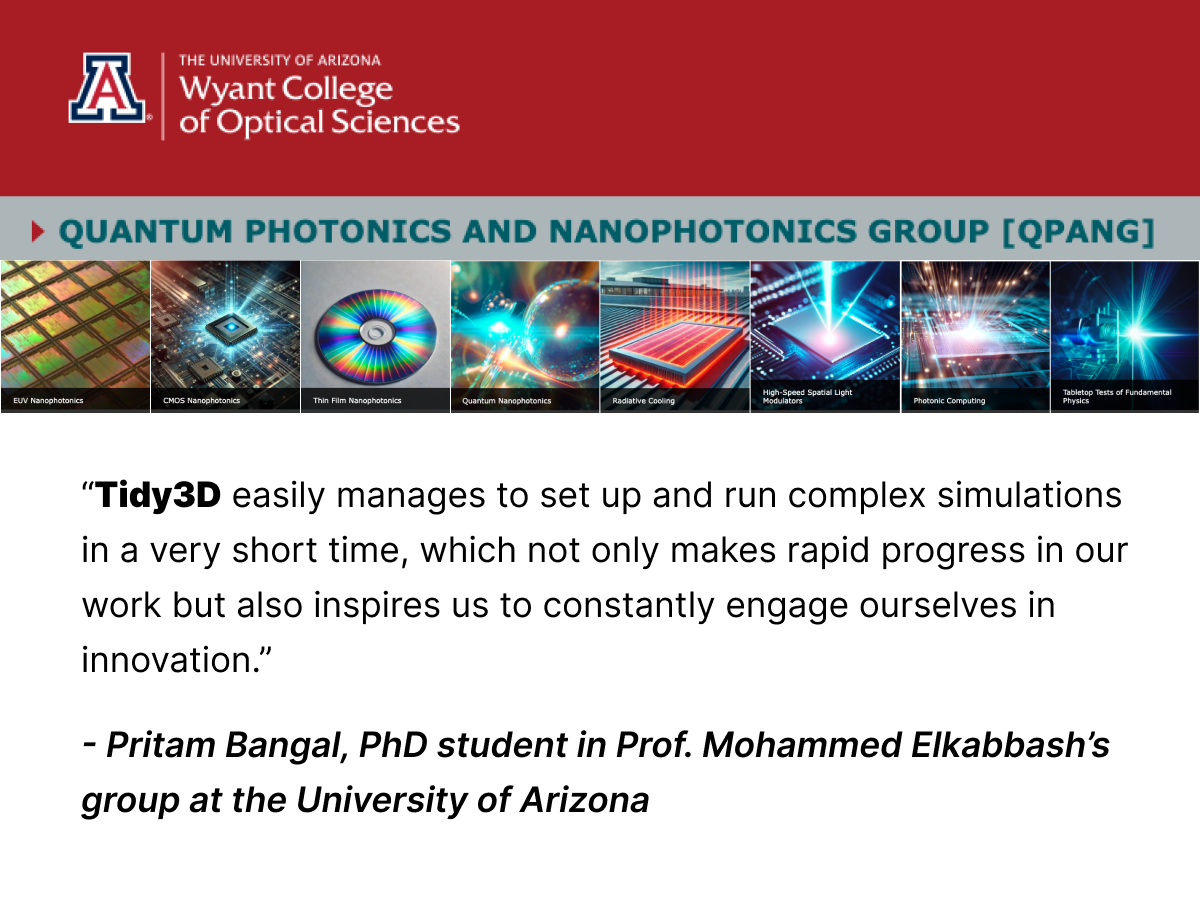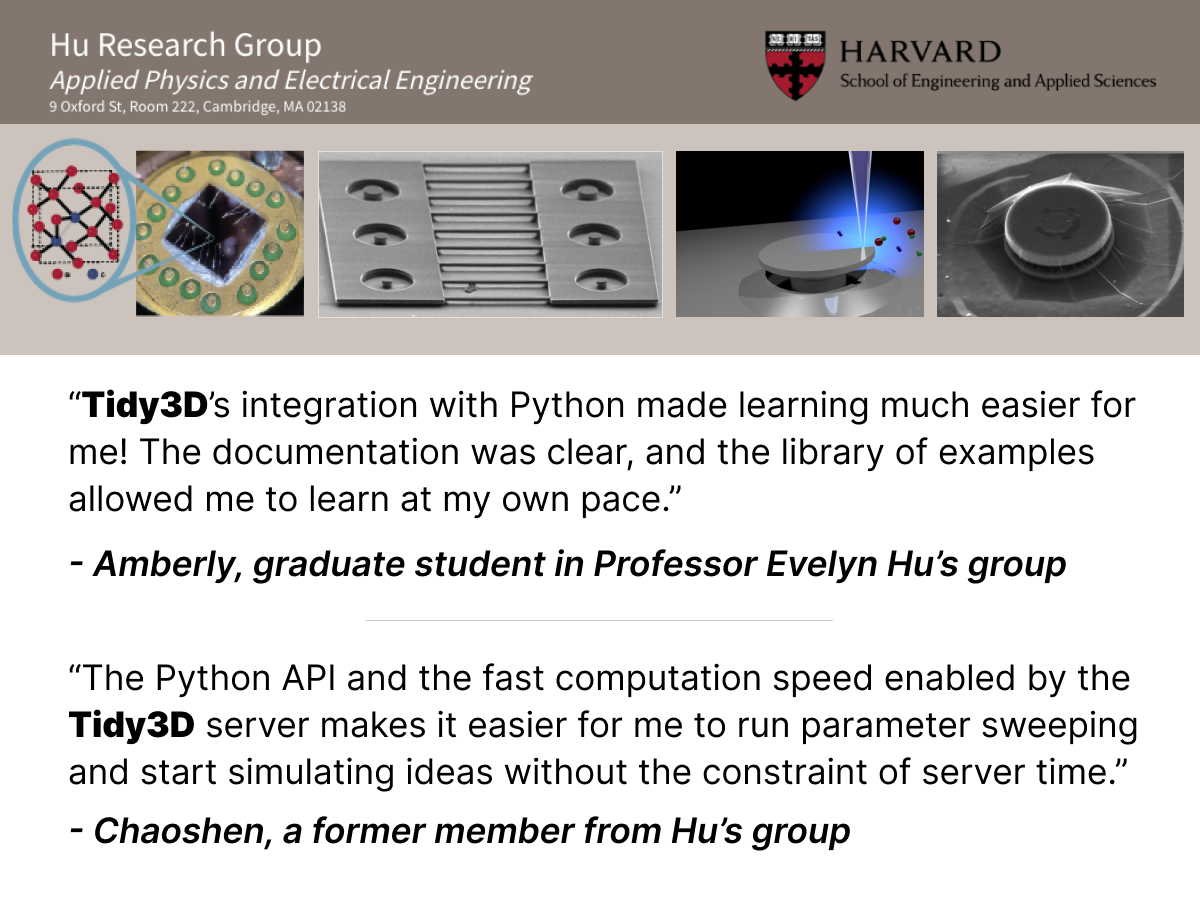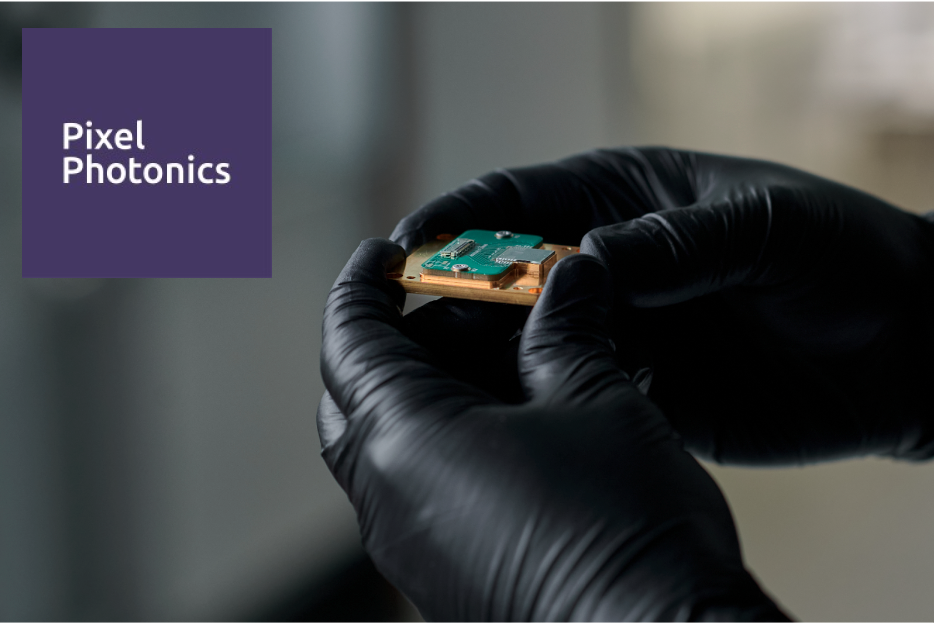Shanhui Fan Awarded the R. W. Wood Prize
Flexcompute Co-Founder and Stanford Professor Shanhui Fan was awarded the 2022 R. W. Wood Prize by Optica for his contributions to the fields of photonics and optics as a whole.
| {: width=”366” height=”512”} |
Prof. Shanhui Fan has been awarded numerous accolades for his research and contributions to the field of photonics, but as a member of Optica since his graduate school days, Shanhui says he feels extra pride in being awarded something from a society he has been associated with for decades.
For the uninitiated, the field of optics or photonics is centered around the study of light, and the R. W. Wood Prize is, “measured chiefly by its impact on the field of optics generally, and therefore the contribution is one that opens a new era of research or significantly expands an established one.” To celebrate his award, we spoke with Shanhui to better understand how his work met this incredible criteria.
As a Professor of Electrical Engineering at Stanford with a special research focus in the field of photonics, Shanhui has had the opportunity to work on many groundbreaking projects with cohorts of very talented postdocs and graduate students, leading to his contribution to over 600 academic journal articles and 70 patents.
Within the field of optics, Shanhui has more specifically been engaged in researching the area of nano-photonics — an area that combines photonics with the study of nanotechnology.
“To give an example,” Shanhui explains, “light has what is called a wavelength, which is about on the order of a few hundred nanometers. Nanophotonic structures have feature sizes that are comparable or smaller than the wavelengths. While these features are small, these days they can be achieved with a number of nanofabrication techniques including lithography”
Though they are studying such small properties, Shanhui stresses that the devices containing these features need not be so small: some may be as large as devices for satellites or airplanes.
One such device that garnered Optica’s attention was the invention of a solarmirror that strongly absorbs the infrared wavelength range, which has the capacity to radiate heat away from buildings, turning into a greener option for renewable air conditioning called “radiative cooling.” As their first physical test proved, this mirror could be placed on a roof, at the hottest time of the day and instead of heating up, would generate cold air — and, as later tests showed, depending on the humidity, it could potentially even generate water.
What ties Shanhui’s photonic studies like these to Flexcompute is the development of computational tools to simulate the behavior of light or optical devices on a computer, which has been a main interest of research in Shanhui’s group at Stanford. And as Shanhui stated, this goes both ways: Flexcompute’s Tidy3D software also makes his Stanford research run that much faster, too.
“I should emphasize this part: every one of these structures is designed on a computer first,” Shanhui explains.
With the radiative cooling mirror it was no different: “It’s another example where computation was extremely important — we simulated the entire thing [on a computer], we knew it was going to work before we fabricated the structure.”
Flexcompute’s computational technology speeds up the research and development process and saves any lab or company money, allowing all trial runs to exist entirely virtually. This is why Shanhui and his co-founders created Flexcompute in the first place: to help engineers and scientists run simulations and save valuable time and resources.
Or like Shanhui said, it meant that: “before we showed up on the roof we knew that thing was going to work — and of course, it worked.”
Flexcompute is proud of Shanhui’s commitment to his field and to our company — and we’re excited to see where his work will take us next.
